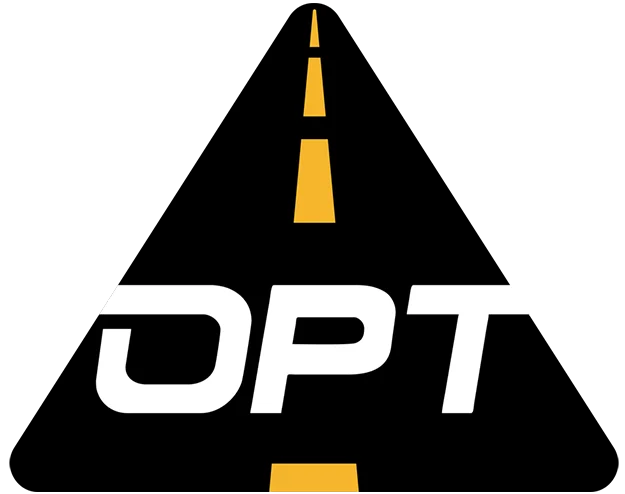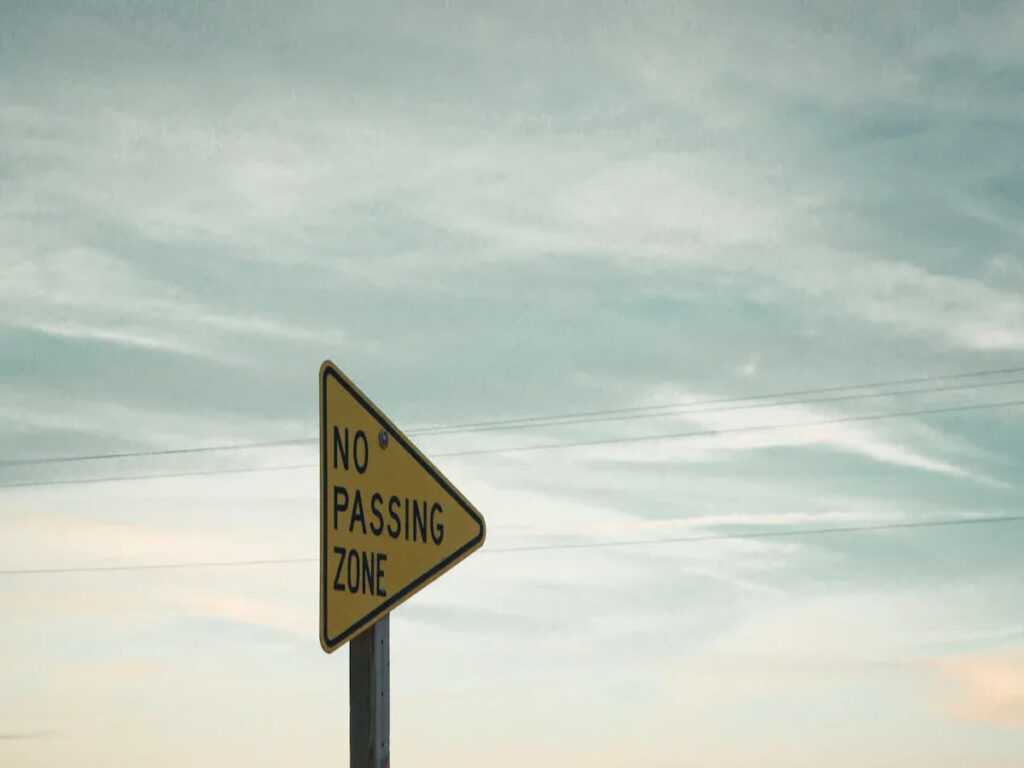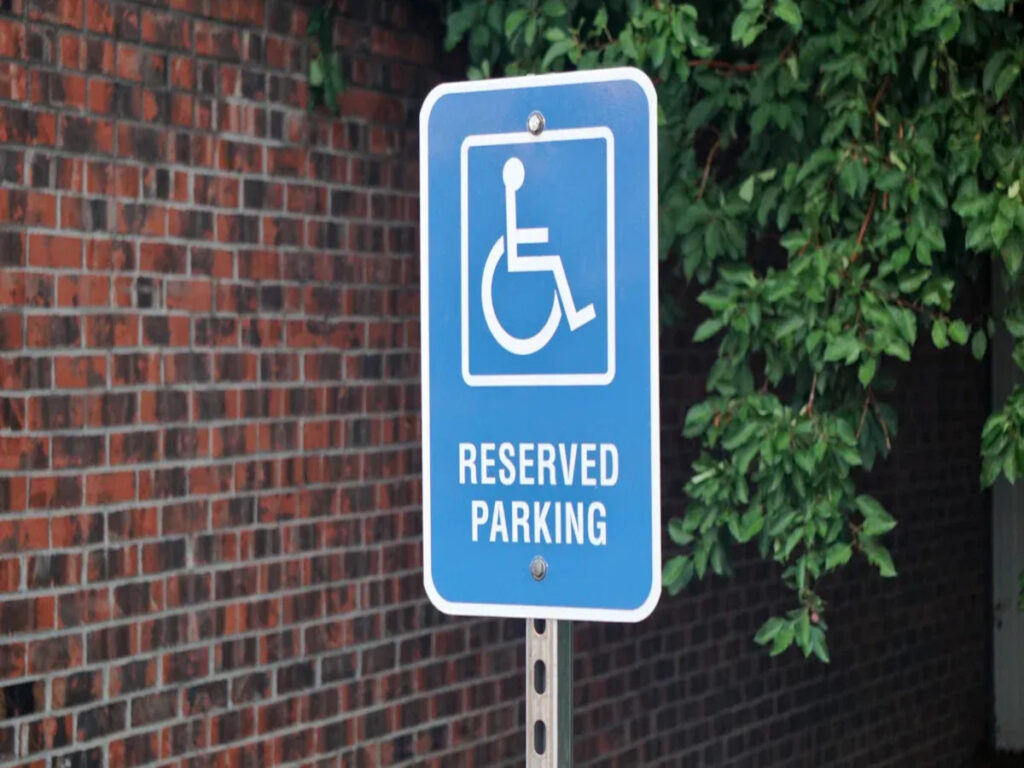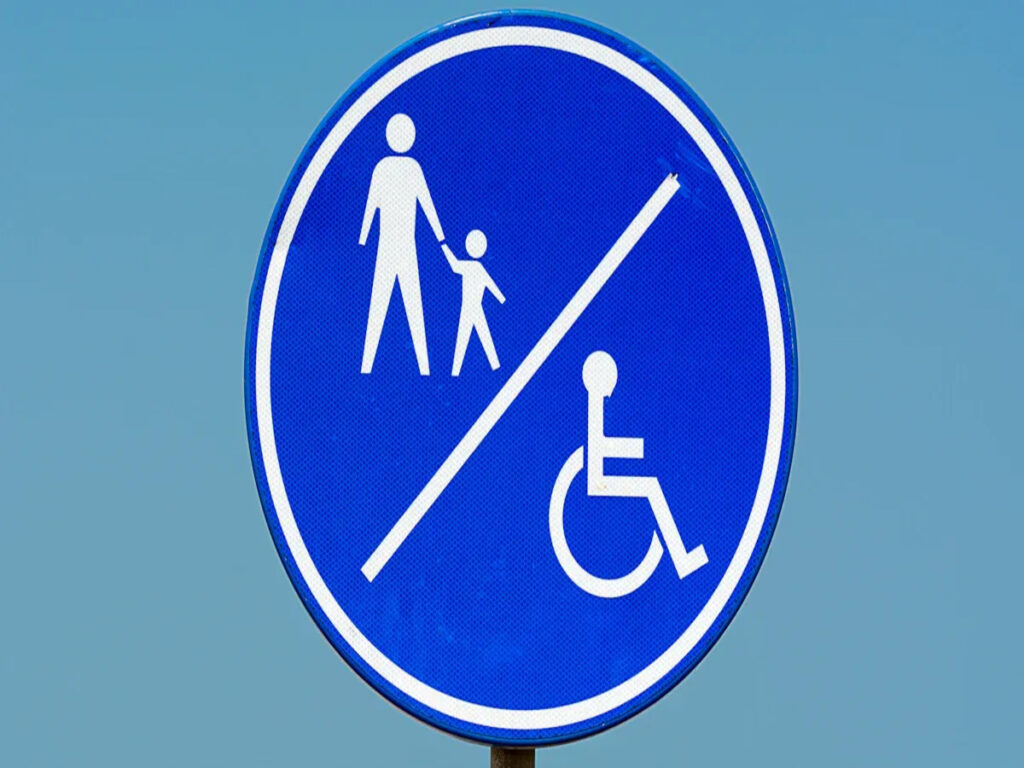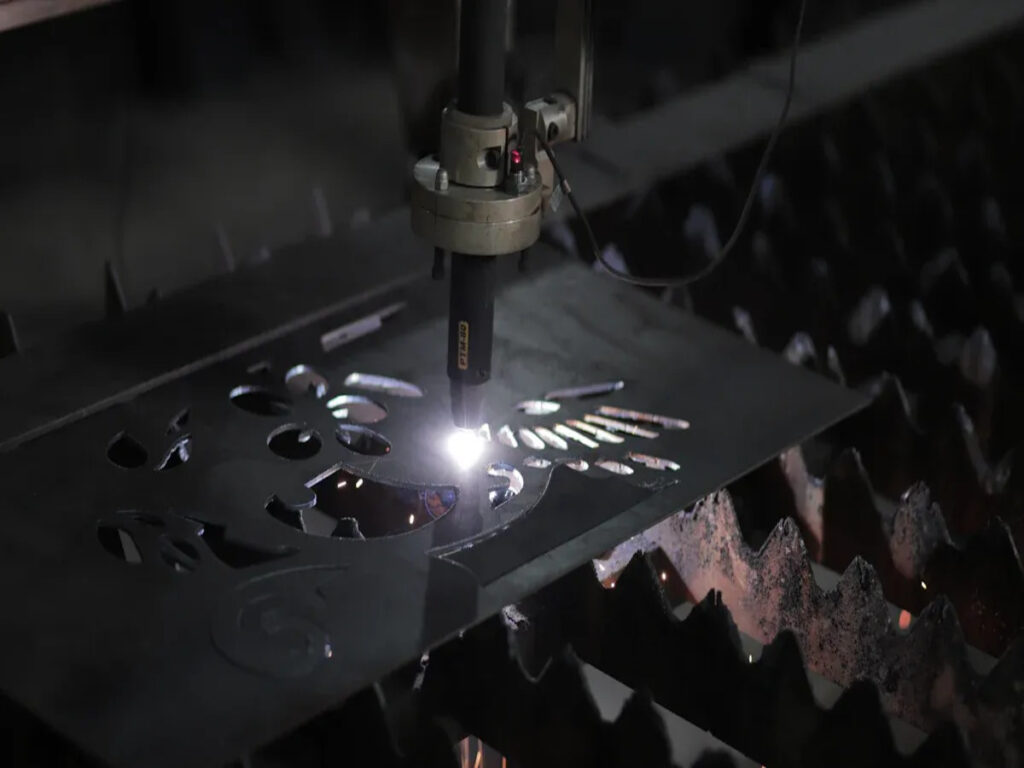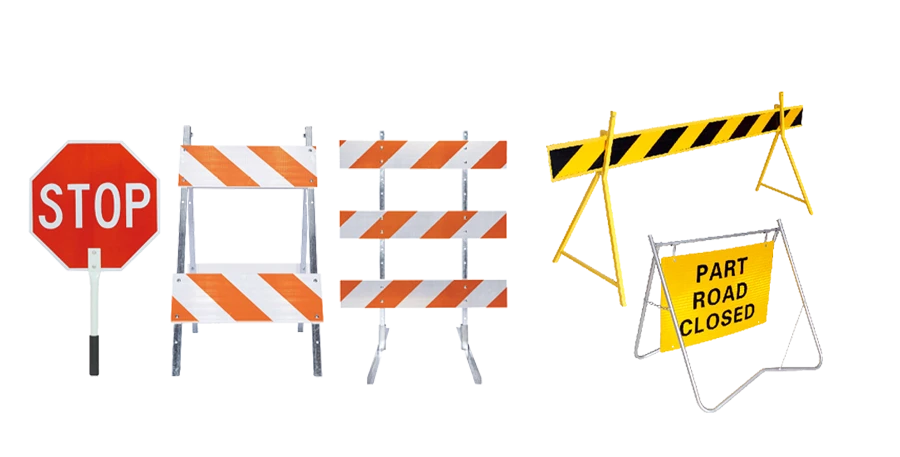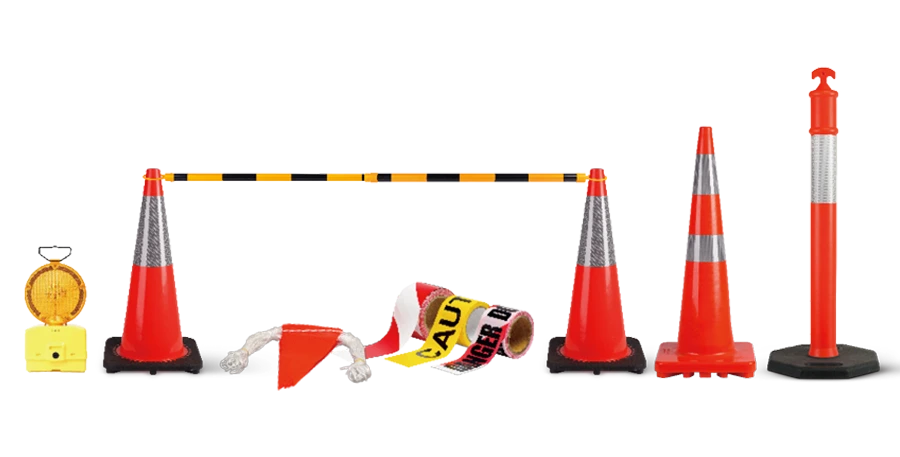
Nighttime driving can be challenging due to reduced visibility, which is why barricade lights play a crucial role in ensuring safety on the roads. These lights help make potential hazards more visible, alerting drivers and pedestrians to obstacles or roadwork. Properly positioned and brightly lit barricades improve awareness and reduce the risk of accidents, 特に低照度の状態で. Ensuring the right barricade lights are used can significantly enhance road safety, protecting both drivers and workers during nighttime operations.
で オプトラフィック, 提供します high-quality barricade lights designed to meet the highest visibility standards. Our innovative solutions are tailored to improve safety, with lights that ensure clear warnings even in the darkest conditions. With OPTRAFFIC warning lights, you’re choosing reliability, 耐久性, and enhanced road safety for both the day and night.
Nighttime Visibility Challenges
Road Hazards at Night
After sunset, drivers and people walking face many dangers. It is hard to see things in the dark. Obstacles, 道路標識, and people crossing are harder to spot. Barricade lights help everyone notice these dangers. Streets with poor lighting can hide lane lines or potholes. Drivers get tired more easily at night. This makes them react slower. Where barricades are placed matters even more when it is dark.
Here are some common nighttime hazards:
- 暗闇は見るのが難しくなります.
- Drivers get tired more quickly.
- More people drive while impaired.
- 歩行者, サイクリスト, and motorcycles are harder to see.
The table below shows how these dangers affect safety:
| Type of Hazard | 説明 |
|---|---|
| 視認性の低下 | It is hard to see barricade signs, 人々, and cars at night. |
| Driver Fatigue | Tired drivers react slowly and may miss barricade warnings. |
| Impaired Driving | More drunk driving at night increases accident risks near barricades. |
| Car-to-Car Collisions | Headlight glare and missed barricade signals can cause crashes. |
| 歩行者の事故 | Poor lighting and distracted drivers make it hard to see walkways protected by barricades. |
| Motorcycle Accidents | Motorcycles are harder to see, especially near barricades. |
| Bicycle Accidents | Cyclists need barricade lights and reflective gear to stay safe. |
事故のリスク
Accidents happen more often at night. Fatal crashes are up to three times higher after dark than during the day. Barricade warning lights help lower these risks by making dangers easier to see. 以上 75% 歩行者の死は夜に起こります. This shows how important good visibility is. Speeding and alcohol use make things even more dangerous. Barricades with bright lights warn drivers before they reach trouble spots.
Some key facts about nighttime accident risks:
- 43% of all U.S. traffic deaths happen at night, even though fewer cars are on the road.
- Pedestrians are three to seven times more likely to be in a deadly crash at night.
- Alcohol is a factor in more than 40% of nighttime crashes.
- Injuries are worse on roads without barricade lighting.
Barricade warning lights and good placement help keep everyone safer. 彼らはドライバーを導きます, 労働者を保護します, and help pedestrians stay visible.
Barricade Lights and Traffic Safety
Improving Nighttime Visibility
Barricade lights help people see better at night. When drivers get close to a work zone, these lights are easy to spot. They do not just shine. They help guide drivers. People can see changes in the road from far away. これにより、反応する時間が増えます. It helps keep everyone safe.
Here are some ways warning lights help at night:
- Barricade lights warn drivers when it is dark. Drivers see them and slow down.
- They help drivers know how far things are. This is helpful when the road looks different.
- These lights show safe places to drive. Drivers know where to go and what to stay away from.
Barricade lights do more than just light up the road. They help drivers feel sure about where to go at night. When a barricade glows, it tells drivers to pay attention. It means something is different ahead. This simple warning can stop confusion and keep people safe.
Enhancing Nighttime Traffic Safety
Traffic safety needs clear signals and good visibility. Barricade lights help a lot, 特に夜に. 彼らはドライバーを助けます, 労働者, and people walking stay safe. These lights mark dangers and show where to drive. When roads are busy or risky, these lights matter even more.
The table below lists some main benefits of warning lights at night:
| 利点 | 説明 |
|---|---|
| High Visibility in Low-Light | Barricade lights shine bright Red or Amber light. People can see them from 3,000 足先. Drivers and workers notice them. |
| Reduce Driver Confusion | The lights can be seen from far away. They help drivers know when to change lanes and avoid crashes. |
| Protect Workers & 歩行者 | The lights make a safe area. Drivers slow down near work zones. これにより、誰もがより安全になります. |
| UV and Weather Resistance | Barricade lights are strong. They last longer in sun and rain. これは、交換が少ないことを意味します. |
| Marking Highways and Freeways | Barricade lights help drivers see better near dangerous places. They guide drivers when it is hard to see. |
Barricade lights show people where to go and what to avoid. They keep workers safe when fixing roads. They help people cross the street safely. These lights last a long time because they do not break in bad weather or sun. This means they do not need to be replaced often.
When cities and workers use warning lights, roads get safer. Drivers see dangers sooner. 労働者はより安全だと感じています. 事故も少なくなりました. These lights help make nighttime roads safer for everyone.
Types of Barricade Lights
LED and Incandescent Options
Barricade lights can be LED or incandescent. Each kind has good points. LED lights are now used more than incandescent ones. They use less energy than incandescent bulbs. LED barricade lights turn most of their power into light. Incandescent bulbs only use a little power for light. LED lights are brighter and last longer. Most LED barricade lights work for about 50,000 時間. Incandescent lights work for about 1,000 時間. People do not need to change LED lights as much. This saves money and helps the planet.
- LED warning lights use less power.
- They last longer than incandescent lights.
- Incandescent lights need to be changed more often.
- Using LED lights means less trash and lower costs.
LED barricade lights help people see better at night. They make it safer for drivers and workers near the barricade.
Solar-Powered Lights
Solar-powered barricade lights are a smart choice for many jobs. These lights use sunlight to charge during the day. 夜に, they turn on and help people see the barricade. Solar warning lights cost more at first because of solar panels and special batteries. 時間とともに, they save money because you do not buy new batteries. Battery-powered barricade lights cost less at first, but you need to buy and change batteries a lot.
- Solar barricade lights save money over time.
- They need less care.
- Battery-powered lights work well but need new batteries for long jobs.
- Solar lights can work for a long time after charging.
ヒント: Solar barricade lights are best for long jobs or sunny places.
Airport Hazard Lights
Airport hazard lights help keep runways and taxiways safe. These barricade lights must follow strict rules to work right. The Federal Aviation Administration (FAA) and other groups check these lights for safety. They look at how well the lights work and how often they need care. Here are some groups that make the rules for airport barricade lights:
| ソース | 説明 |
|---|---|
| Intertek | The FAA trusts Intertek to check airport lighting systems and make sure they follow the rules. |
| FAA | The FAA lets certain groups check and approve airport lighting equipment for safety. |
| eCFR | The eCFR lists care rules for airport lights to meet FAA standards. |
Airport barricade lights help pilots see dangers and stay safe. These lights must always be easy to see and work well.
Installation and Placement
Effective Positioning
Putting barricade lights in the right spot helps keep people safe at night. Workers must think about how drivers and walkers will see the lights. Good placement lets people notice the barricade from far away. This gives them more time to slow down or move over.
Here are some easy ways to place barricade lights for better visibility:
- Put lights where drivers can see them from hundreds of feet away. This helps drivers avoid quick stops or sharp turns.
- Use steady or flashing lights so drivers can tell how far things are and see changes in the road.
- Make sure each barricade light points toward traffic. This helps drivers and walkers see the lights clearly.
- Space the lights evenly along the barricade. Even spacing makes the area bright and easy to see.
- Pick lights made from tough plastic with strong lenses. These lights work well in bad weather or if something hits them.
Barricade warning lights should stand out in the dark. They should not look like other lights or signs. Workers need to check for streetlights, headlights, or bright spots that might hide the barricade lights. If there are lots of curves or hills, workers may need to add more lights so the barricade can be seen from all sides.
ヒント: Always test the setup at night before letting cars use the road. Walk or drive by the barricade to see if the lights are easy to spot.
コンプライアンス基準
Following the rules for barricade lights keeps everyone safe and avoids trouble with local officials. The 均一な交通制御装置のマニュアル (mutcd) has clear rules for using barricade lights. States and cities also have their own rules. Workers should check both sets of rules before putting up a barricade.
Here are some simple tips for following the rules and making sure barricade lights work well:
| ヒント | 利点 |
|---|---|
| Follow MUTCD and state guidelines | Makes sure barricade lights fit the job and place. This keeps roads safer and lowers risk. |
| Know local standards | Helps get projects approved and avoids expensive changes. |
The MUTCD says barricade warning lights must be bright enough to see from at least 1,000 feet away at night. The lights should be the right color, usually amber or red. Workers should check every barricade light before leaving. If a light stops working, it should be replaced right away.
Some places have extra rules for special jobs, like work near schools or airports. Workers should read all the rules before starting. This makes sure every barricade light setup is as safe as possible.
注記: Using the right barricade lights and following all rules helps keep workers, ドライバー, and walkers safe. It also helps projects go smoothly.
Integrating Barricade Lights with Safety Measures
Coordination with Traffic Control
Barricade lights are important for road safety at night. Workers use signs and オレンジコーン with lights. These tools help drivers know where to go. Barricade lights are bright and easy to see. Signs tell drivers to slow down or watch for workers. Cones show safe places to drive or not to drive. When all these tools are used together, roads are safer. Drivers and people can find the right path, even if it is dark or busy.
Barricade lights help drivers see from far away. This gives drivers more time to slow down. Reflective panels make the area even easier to see. All these things work together to keep everyone safe.
ヒント: Always make sure barricade lights face traffic and are not blocked.
Work Zones and Temporary Barriers
Barricade lights are used in many places, not just roads. 建設ゾーンで, they show where work is happening. This keeps workers safe and tells drivers to slow down. LED lights are also used at events like concerts or fairs. They help people know where to enter or leave and keep crowds moving.
Here are some ways lights work with other safety tools:
- バリケード block off areas for workers or staff only.
- Controlled entry points use barricades and lights for safe paths.
- Some barricades have cameras to watch the area.
- バリケード keep backstage areas safe by stopping people from entering.
- Controlled entry points help staff check tickets or IDs and stop crowds.
- Cameras on barricades help security teams watch for trouble.
Barricade lights make these setups safer. They help people see where to go and what to avoid. Using barricade lights with other tools makes places safer for everyone.
Maintenance and Performance
定期的な検査
Barricade lights need regular checks to work well. Workers look for broken lenses, loose wires, or dirt on the lights. They clean each barricade light with a soft cloth to keep it bright. If a light does not flash or shine, they replace the battery or fix the wiring. A simple inspection list helps teams remember each step:
- Check every barricade light for cracks or damage.
- Clean the lens and solar panel to boost brightness.
- Test the flash or steady mode to make sure it works.
- Replace batteries if the light is dim or not working.
- Make sure each barricade stands firm and does not tip over.
ヒント: A clean barricade light shines brighter and helps drivers see hazards sooner.
Battery and Solar Management
Barricade lights use batteries or solar panels for power. Dirty solar panels can lose up to 25% of their energy, so cleaning is important. ほこり, pollen, and bird droppings lower how much sunlight the panel gets. 都市で, air pollution can make things worse. Teams set up cleaning schedules based on the location. Solar warning lights are tough and resist rain, 雪, と熱. Their design keeps water and dust out, だから彼らは長持ちします.
Workers check batteries often. They swap out old batteries before they run out. Solar barricade lights need less battery care, but teams still check them after storms or long use. A clean solar panel and fresh battery keep each barricade light shining all night.
Monitoring Effectiveness
Smart warning lights help teams track performance. Many new barricade lights use wireless technology. They send real-time data to a computer or phone. Teams see which lights work and which need help. Some barricade lights have GPS tracking and geofencing. These features show where each barricade sits and if it moves. Cloud-based analytics help teams spot problems fast.
Modern warning lights can adjust flash rates and turn on when it gets dark. They fit many types of barricade setups. Teams use these smart tools to keep visibility high and roads safe.
| 特徴 | 利点 |
|---|---|
| Wireless monitoring | Quick updates on light status |
| GPS追跡 | Finds each barricade location |
| Solar charging | Less battery swapping |
| Adjustable flash rates | Matches road needs |
注記: Smart barricade lights make it easier to keep roads safe and reduce downtime.
ケーススタディ
Urban Roads and Highways
Cities and highway teams use barricade lights at night. 忙しい道路で, workers put lights near construction zones. Drivers spot the lights from far away and slow down. The lights show lane changes and help cars follow detours. When a city fixes a bridge, crews use lights to show new routes. Drivers follow the lights and stay out of closed lanes. Barricade lights are also used in emergencies. Police use them to mark safe spots and keep traffic moving.
Some good ideas help in these cases:
- Crews pick the best barricade lights for each job.
- They space the lights evenly so drivers see them well.
- Teams check the lights every night to make sure they work.
- Bright lights help during daytime work zones.
Barricade lights help a lot on highways. They show road changes and keep people safe.
Temporary Roadblocks and Events
Barricade lights are important at events and roadblocks. Event planners use these lights to guide people and cars. At concerts, lights show safe walkways and blocked areas. These lights help everyone find the right way, 暗いときでさえ. 緊急事態, crews set up lights to warn drivers and show safe roads.
Some lessons from these setups are:
- Barricade lights give strong warnings.
- They help people see safe paths and borders.
- Tough and energy-saving lights last longer.
- Teams must keep the lights clean and working.
Barricade lights help keep roads safe at night. People can spot dangers faster and avoid crashes. Teams need to pick the right barricade for each job. They should check every barricade often to make sure it works. Using energy-saving barricades helps cities and workers spend less money. Following the rules makes each barricade setup safe and works well.
よくある質問
How do I turn on a barricade light?
Turning on a barricade light is a straightforward process, but it may vary slightly depending on the type of light used. Here are the general steps to turn on a barricade light:
- Check the Power Source:
- Ensure the barricade light has a reliable power source. Some lights are battery-powered, while others might need to be connected to an electrical source or solar-powered.
- Locate the Power Switch:
- Most barricade lights will have a switch or button that activates the light. Look for a small button or switch on the side or back of the unit.
- Activate the Light:
- Flip the switch or press the button to turn the light on. For some models, you might need to hold the switch for a few seconds to activate it.
- Check the Light’s Mode:
- Some lights offer different modes, 点灯や点滅など. If your light has a mode selector, ensure it is set to the desired mode for visibility.
- Test the Light:
- After turning it on, make sure the light is functioning properly. Check that it is bright and flashing (if applicable) to ensure maximum visibility.
If you’re using a solar-powered barricade light, it may also require exposure to sunlight to recharge its battery before it can be turned on.
What makes barricade lights important for nighttime safety?
Barricade lights help people see dangers at night. They work with reflective signs and materials. これはドライバーに役立ちます, 労働者, そして、歩行者は安全なままです. Using both lights and reflectivity is best for traffic safety.
Where should workers place reflective barricade lights?
Workers put reflective barricade lights on top of markers. The lights should face traffic. Putting them in a straight line helps drivers see the way. Reflective materials on the barricade make the lights easier to spot.
How often should teams check reflective barricade lights?
Teams check reflective lights every day. They look for dirt, broken parts, or dim lights. Clean reflective surfaces keep them bright. If something stops working, teams fix it right away.
Can reflective barricade lights be used in all weather?
はい, reflective warning lights work in rain, 霧, または雪. Reflective materials help the lights shine when it is hard to see. Good reflectivity makes sure drivers can always spot the barricade, 天気に関係なく.
